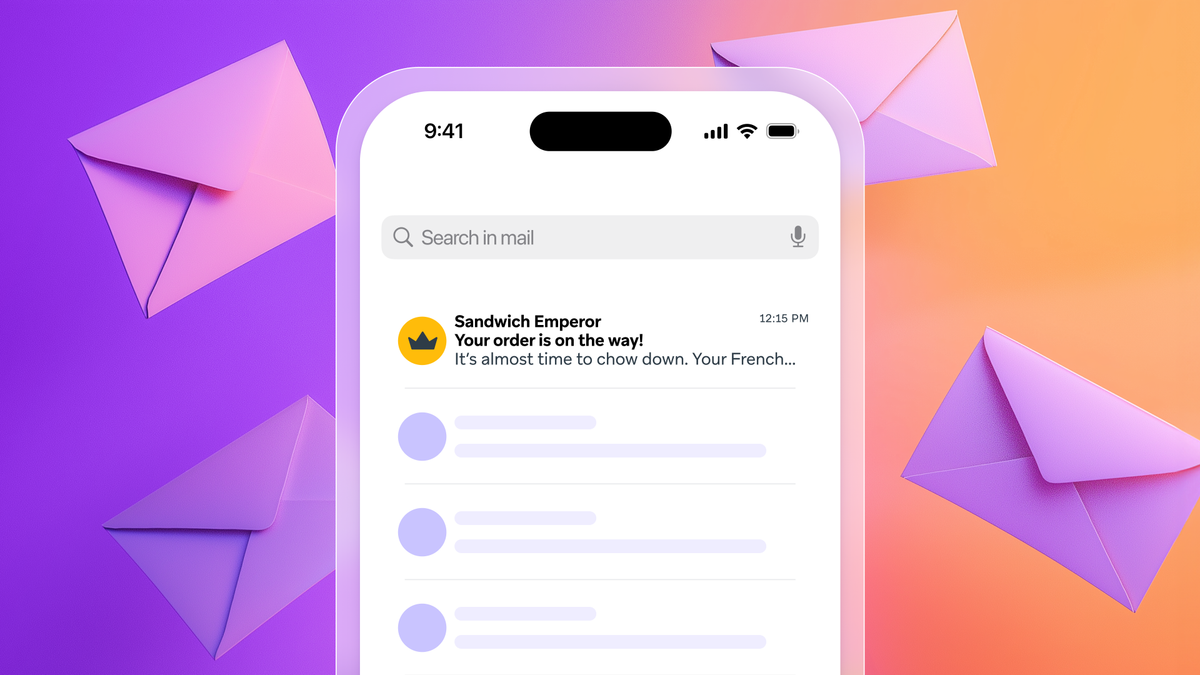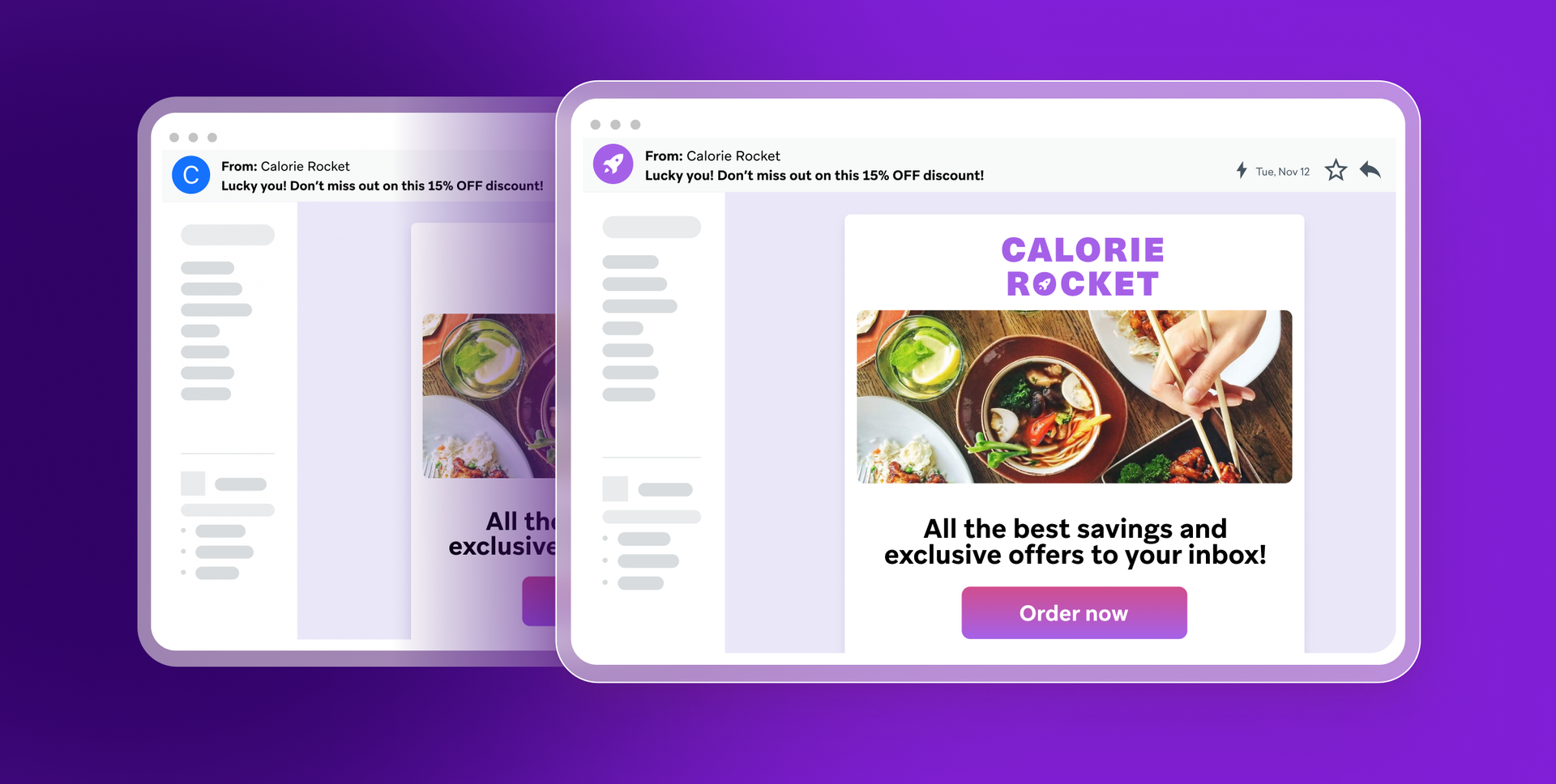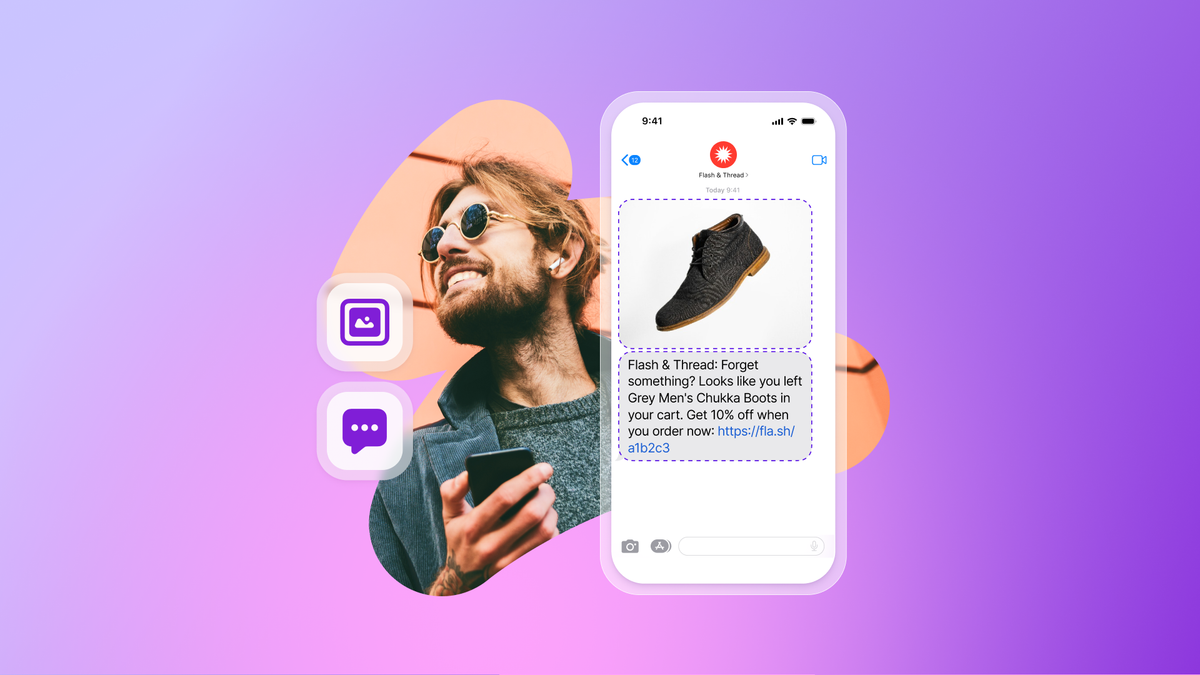Brand Indicators for Message Identification: In Email We Trust
Published on December 18, 2024/Last edited on December 18, 2024/4 min read


Aparna Prasad
Senior Product Marketing Manager at BrazeFor marketers, a customer’s email inbox can be a challenging landscape for engagement. While email has long been among the most powerful channels for driving engagement, the average user gets so many messages from different sources that distinguishing outreach sent by trustworthy brands from messages sent by scammy sources can present an obstacle.
To help combat these issues, Brand Indicators for Message Identification (BIMI) was launched back in 2021. BIMI allows brands to display their logos next to their emails when messaging users who leverage supporting email providers. Traditionally, emails are rendered with a generic colored circle to the left, and the first letter of the message sender’s name. This isn’t necessarily eye-catching and does little to inspire confidence that the sender is legitimate. However, brands that choose to implement BIMI will have the colored circle replaced by their chosen logo image.

What’s happened since BIMI was first introduced
Gmail was the first inbox provider to support BIMI back in 2021. But since then, many inbox providers have also added this functionality. The principle behind supporting BIMI is simple: Give email recipients a way to know that messages are coming from legitimate organizations and give those organizations the opportunity to highlight the authenticity of their outreach.
For a brand’s logo to appear in the inbox, the email must pass Domain-Based Message Authentication, Reporting, and Conformance (DMARC) authentication checks, which gives email marketers a major reason to prioritize DMARC as part of their email programs. DMARC has always been important, but when Apple and Google also released a new set of requirements around authentication in 2023 that required brands to publish a DMARC record, making it easier for companies that complied to be able to implement BIMI.
Let’s take a look at the different updates across email providers and all the ways marketers can build trust in the inbox with branding:
- Gmail: Google recently announced that Gmail is now displaying BIMI verified checkmarks on Android and iOS and has begun supporting Common Mark Certificates (CMCs), which makes it possible for a broader range of senders, including brands without a trademarked logo, to implement BIMI; however, CMC senders’ brand avatars are displayed without the Gmail verified checkmark.
- Yahoo and AOL: Neither of these inbox providers currently requires brands to use Verified Mark Certificates (VMC) and CMC, but both do honor these offerings for senders.
- Apple: Currently Apple offers a separate, distinct process for displaying brand logos in Apple Mail, known as “Branded Mail in Apple Business Connect.” To take advantage of this tool, brands must authenticate via DMARC, Sender Policy Framework (SPF), and DomainKeys Identified Mail (DKIM).
What BIMI Means for Customer Engagement and for your Brand
To be successful today, marketers need to ensure that their outreach stands out from the pack—something that’s often easier said than done. However, recent shifts and new inbox rules are making that a bit easier on the email marketing front. Now, instead of a generic colored circle that you have no control over, your brand’s logo now gets prime placement in your customer’s mailbox.
To get started with BIMI, first make sure that all of your organization’s emails are authenticated with DMARC, SPF, and DKIM. If you have a registered trademark, now would be the time to obtain your VMC. Then, you can publish a BIMI record in your Domain Name System. To learn more, check out these additional BIMI resources.
Final Thoughts
BIMI is intended to encourage improved sender authentication across the email landscape, and it's a way for brands to help their emails stand out in the inbox. It has made it possible for trusted brands to visually verify the messages they send to consumers, providing peace of mind and giving recipients one more reason to engage, leading (hopefully) to stronger connections between brands and their customers.
Interested in learning more about email deliverability? Check out our exclusive guide, “Demystifying Email Deliverability.”




